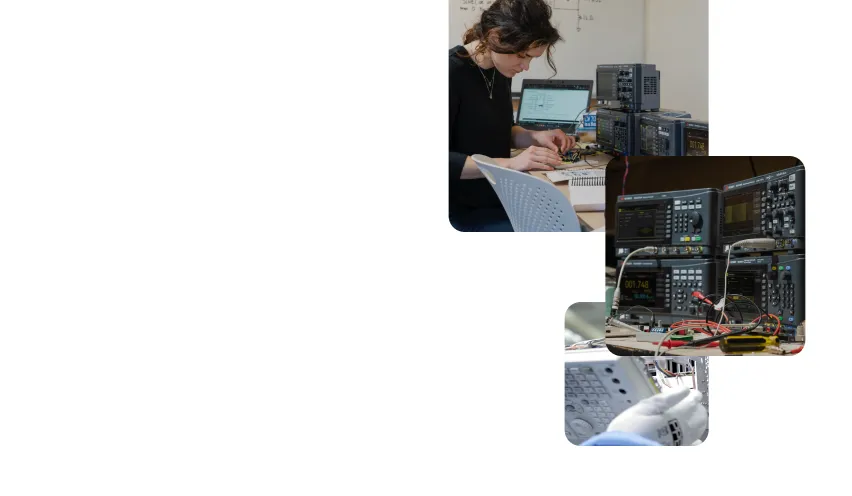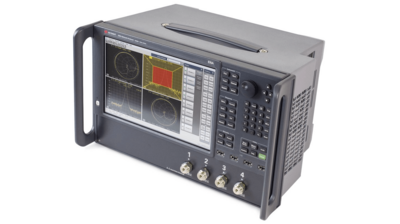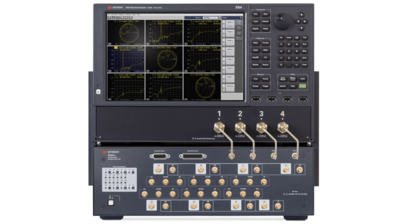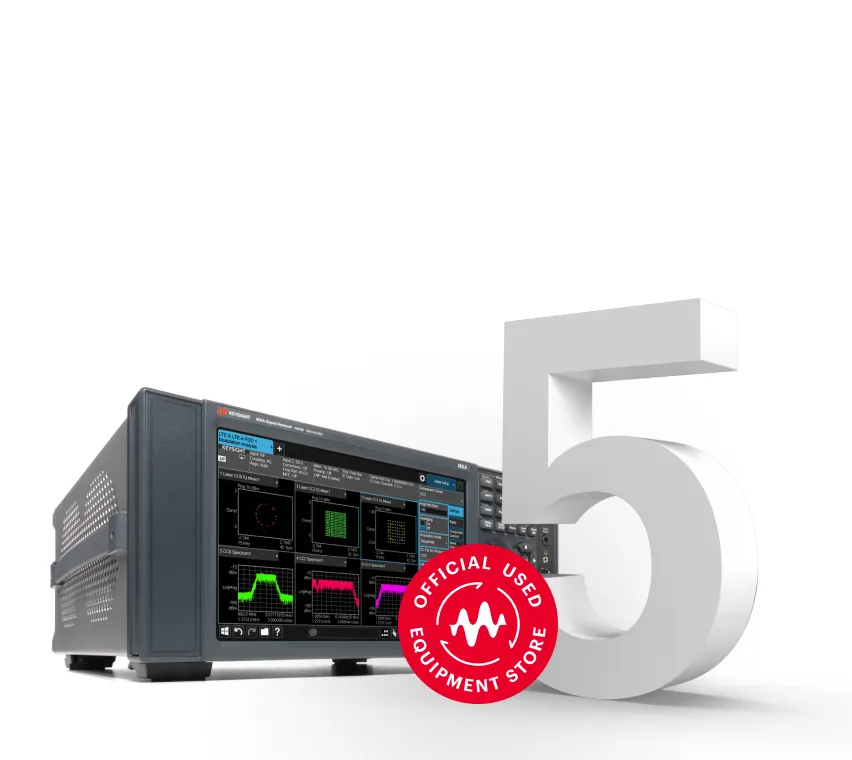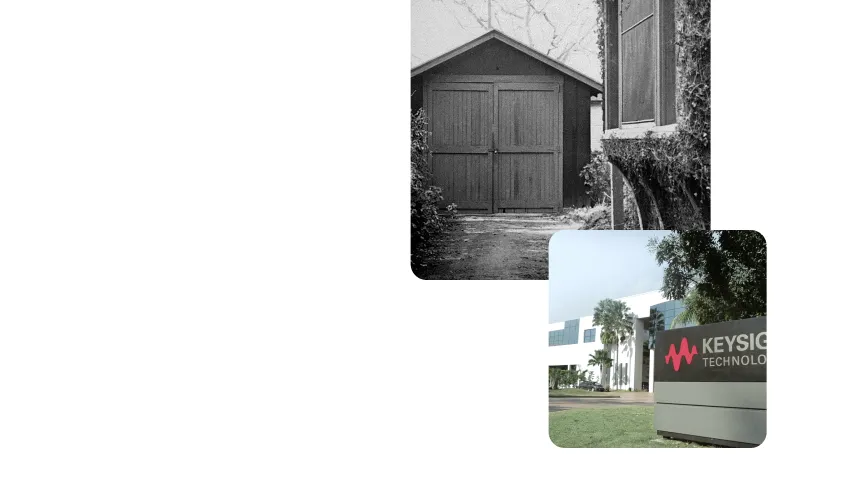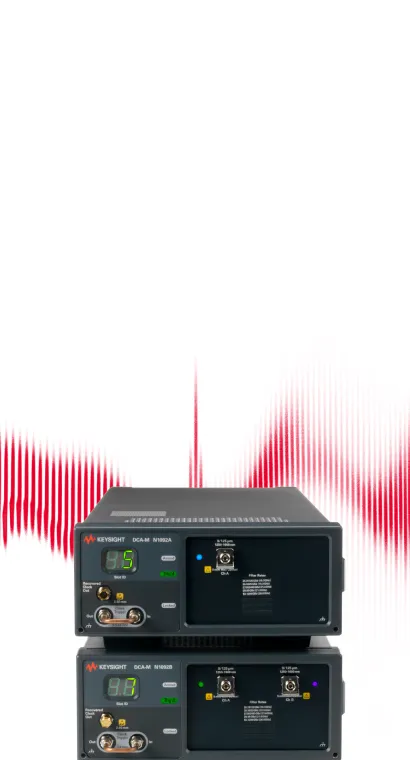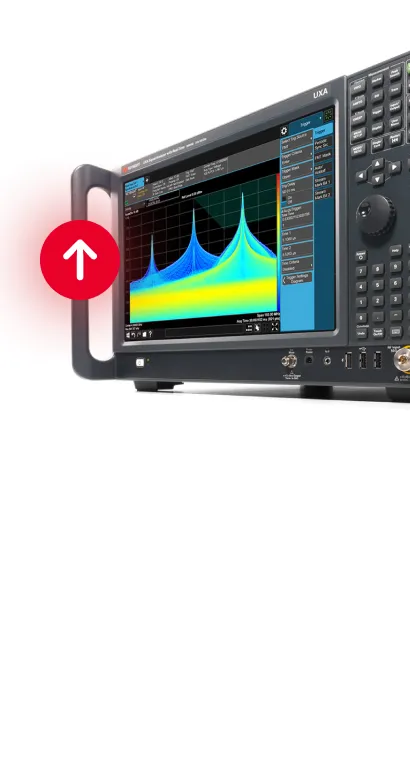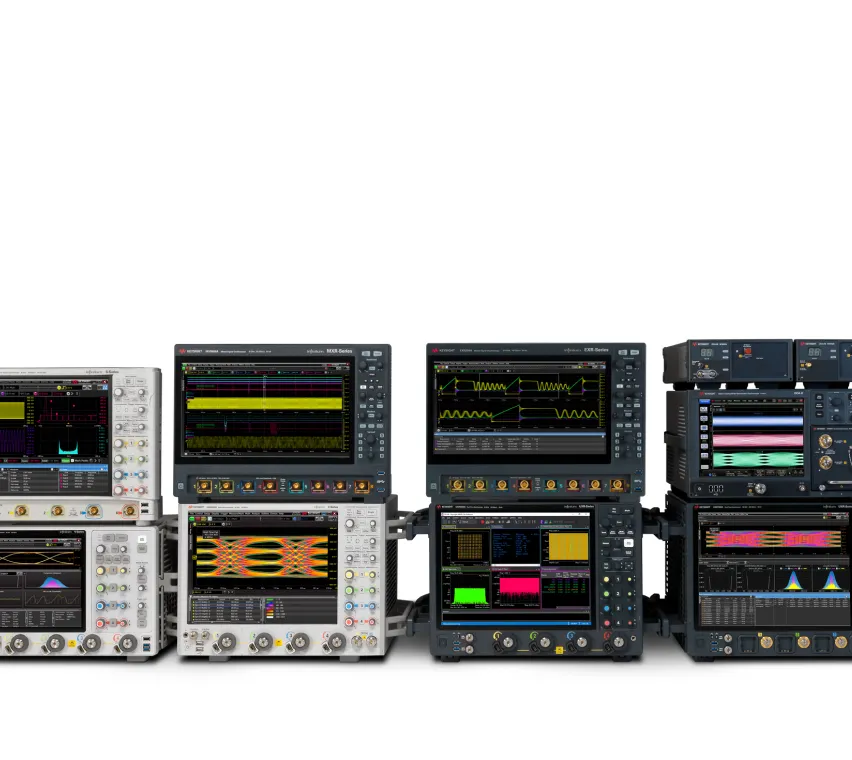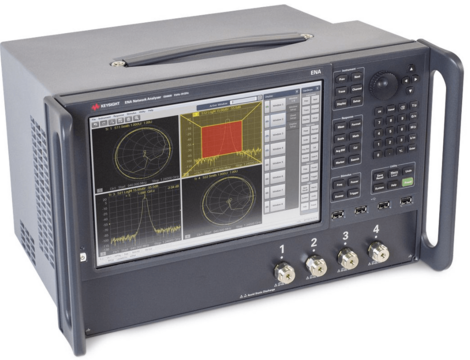 Meet Deadlines with Reliable Spectrum Analysis and Fast Delivery
Meet Deadlines with Reliable Spectrum Analysis and Fast DeliveryUpgrade Your Lab: Certified Used Keysight E5080B ENA Network Analyzer
Select up to 3 instruments to compare
Key Specifications
Dynamic Range
Up to 140 dB, providing exceptional sensitivity depending on configuration.
Frequency Coverage
Full coverage from 9 kHz to 53 GHz, supporting a range of applications.
Frequency Range
Flexible configurations support frequencies from 9 kHz up to 53 GHz.
Ports
Available in both 2-port and 4-port configurations.
Built-In DC Sources
Includes 4 built-in DC sources to improve measurement capabilities.
Featured Resources
Find out how to get the most out of your equipment

E5080B ENA Vector Network Analyzer

ENA-X and ENA Series Vector Network Analyzers

Understanding the Fundamental Principles of Vector Network Analysis

Understanding and Improving Network Analyzer Dynamic Range
FAQ
What are the main differences between Keysight New, Keysight Premium Used & Keysight Used equipment?
| Keysight New | Keysight Premium Used | Keysight Used | |
| Savings | None | Up to 70% | Up to 90% |
| Condition | New | Like New | Working Condition ¹ |
| Firmware | Latest | Updated | As is |
| Calibration | Full | Full | As listed |
| Accessories | New | New | As listed |
| Warranty | 1 to 5 Years ² | Like New | 90 Days Warranty |
| Customization | Possible | Possible | Limited |
Can I configure a unit to meet my personal needs?
The majority of our Keysight Premium Used equipment can be configured and customized to your specifications. Options can be added at additional cost.
Customizing Keysight Premium Used equipment might change the delivery and lead time of the item.
Some Keysight Used products cannot be customized. Use the contact option on the product page to check with our eStore team.
What accessories are included?
Keysight Premium Used equipment typically comes with the same accessories and warranty as new products.
Can you include other accessories?
We currently only offer the accessories that are part of the listing. Other accessories can be purchased separately at extra cost with your purchase of a Keysight Used or Keysight Premium Used unit.
Please mention in the comment field which additional accessories or support you are interested in.
For separate or post-purchase ordering, please contact your local Keysight office or Keysight Partner here. Or check our online store if available for your region here.
What types of components and devices can I analyze with the E5080B?
The E5080B can analyze a wide range of components, including:
- Passive components (resistors, capacitors, inductors)
- Amplifiers and frequency converters
- Mixers and filters
- Antennas and transmission lines
This versatility allows for complete device characterization across various RF and microwave applications.
You still need to ensure the specific configuration aligns with the component type for optimal analysis.
Is the E5080B compatible with my existing lab software applications?
Yes, the E5080B is compatible with various lab software applications, including:
- Keysight software solutions for advanced analysis
- Customizable OEM software for tailored insights
- Common measurement science platforms
This compatibility ensures seamless integration into your measurement workflow.
Always verify compatibility with your specific software applications to avoid issues.
How does the E5080B handle pulsed-RF measurements?
The E5080B effectively handles pulsed-RF measurements through:
- Built-in pulse generators and modulators
- Integrated features for precise timing and control
- Flexible measurement settings for various pulse widths
These capabilities allow for efficient pulsed-RF measurements without needing external equipment.
Appropriate configuration is necessary for optimal performance.
Can I upgrade my E5080B in the future?
Yes, the E5080B can be upgraded as technology advances, including:
- Advanced software options for improved functionality
- Additional hardware components to boost performance
- Keysight's upgrade paths for ongoing enhancements
This ensures your analyzer remains current with evolving technology.
Still, check with Keysight for specific upgrade options and compatibility.
How do I know if I need a 2-port or 4-port model?
Choosing between a 2-port or 4-port model depends on your testing requirements:
- 2-port models: Suitable for simpler measurements.
- 4-port models: Ideal for comprehensive measurements, such as S-parameter analysis.
Assess your specific testing needs to make the best decision.
Also consider potential future applications when selecting your model.
What is the difference between a VNA and PNA in RF testing?
The main differences between a VNA (Vector Network Analyzer) and a PNA (Precision Network Analyzer) are:
- VNA: Typically used for standard RF measurements and basic applications.
- PNA: Provides higher accuracy and advanced features for precise measurement requirements.
Choose based on the complexity and precision required for your specific tests.
Some models may overlap in capabilities, so evaluate your needs carefully.
How can a VNA be used to measure power?
A VNA can measure power by:
- Utilizing calibrated power sensors in conjunction with the VNA
- Analyzing signal levels at different ports
- Providing accurate power readings for forward and reflected signals
This capability is essential for assessing RF system performance.
Always ensure proper calibration for accurate power measurements.
What is the function of a vector network analyzer in RF applications?
A vector network analyzer (VNA) serves to:
- Measure S-parameters of devices under test (DUT)
- Analyze reflection and transmission characteristics
- Provide insights into frequency response and stability of RF components
This makes VNAs essential tools for the design and testing of RF systems.
Understanding S-parameter definitions is key to maximizing its use.
What components are best analyzed with a VNA?
VNAs are best suited for analyzing:
- RF and microwave components (amplifiers, filters, mixers)
- Antennas and transmission lines
- Passive devices (capacitors, inductors, resistors)
This ensures comprehensive testing across a range of RF applications.
Make sure the frequency range of your VNA matches the components being tested.
How does a VNA measure phase and amplitude?
A VNA measures phase and amplitude by:
- Utilizing incident and reflected signals to calculate S-parameters
- Providing detailed phase information across specified frequencies
- Offering real-time amplitude and phase plots for thorough analysis
This ensures an accurate assessment of the DUT's performance.
Don’t forget that correct calibration is essential for reliable measurement results.

Why You Should Work with Keysight
